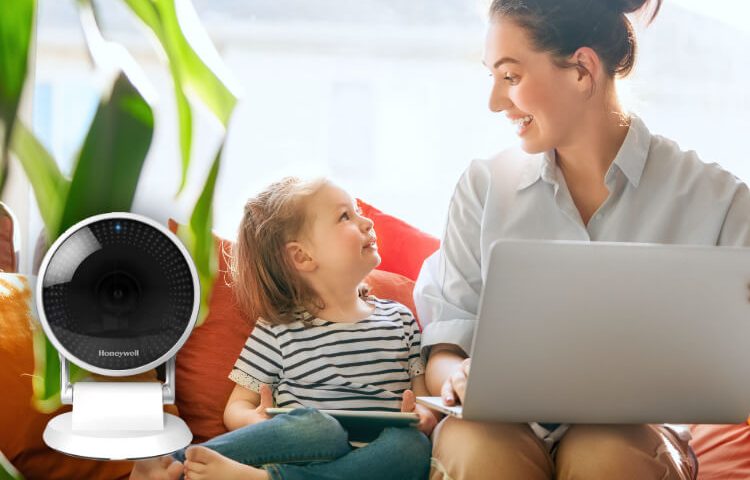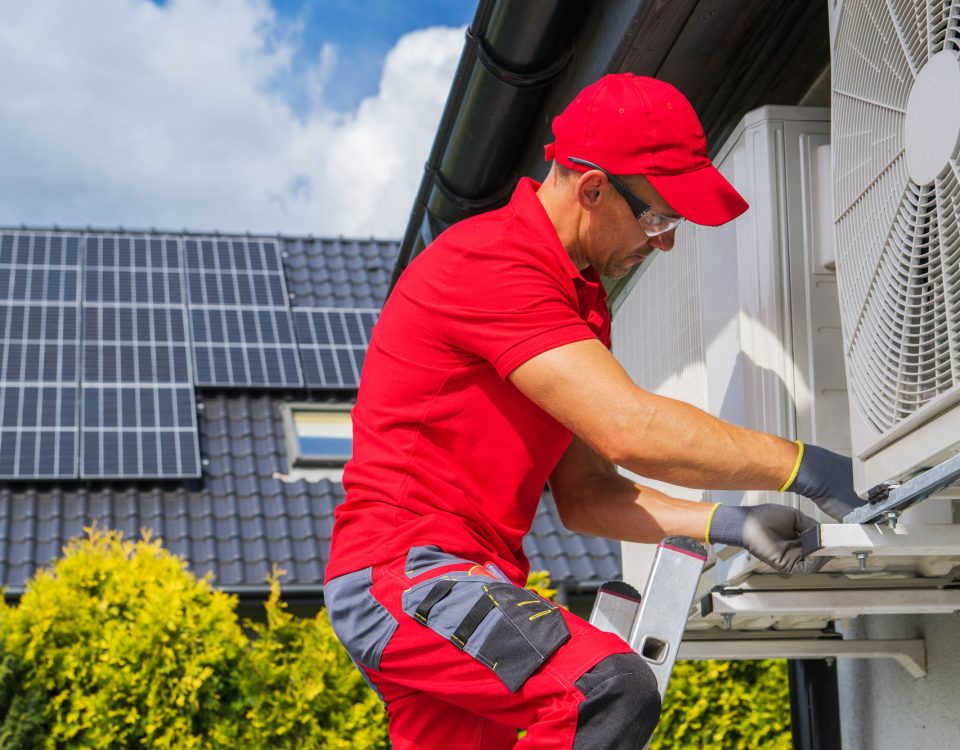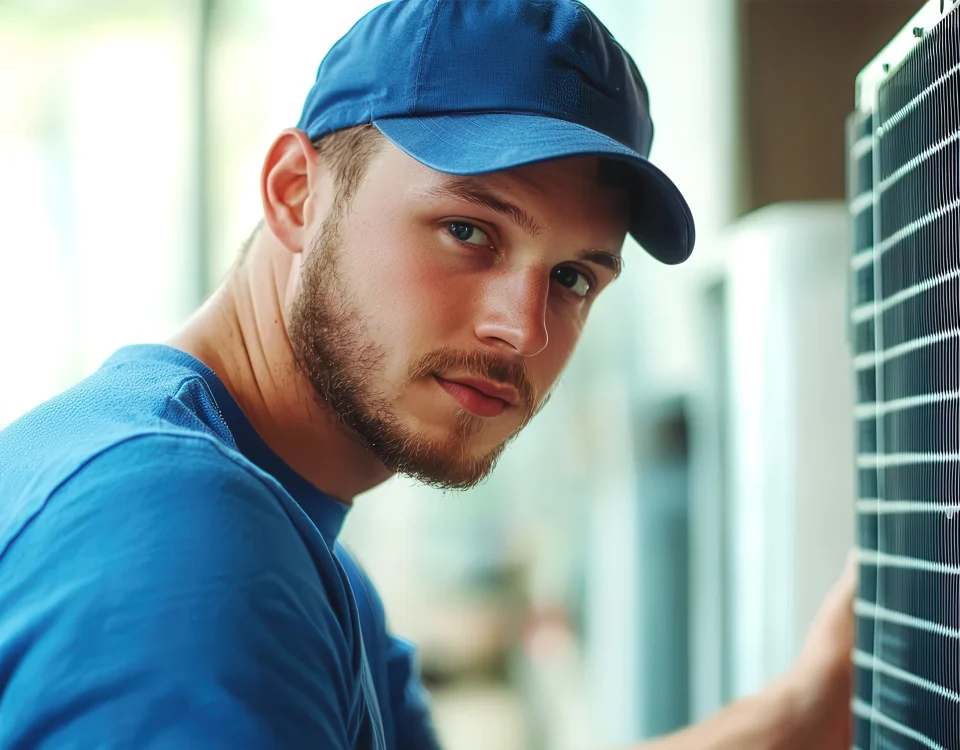7 Coolest Features of Smart Home Security Cameras
One of the greatest tools in home security is the smart security camera. They come in a variety of sizes and shapes, and they have a laundry list of features that can make choosing just one quite difficult.
Since so many cameras nowadays are run through a mobile app and a Wi-Fi signal, monitoring your home using video surveillance is now as easy as picking up your smartphone.
Here is a breakdown of some of the smart home security camera features you should consider before biting the bullet:
1. Motion Sensing
Motion sensing for security cameras is important, especially if you want to record any suspicious activity that may go on while the camera is online.
Instead of recording 24-7, which can quickly fill up the storage drive, with motion sensing, you can pause recording until something moves in the frame. You will also receive alerts on your device if something moves at odd times.
2. Field of View
Field of view is an important feature to consider when both purchasing and installing security cameras. The field of view will determine where you position the cameras and exactly how much they can see at a time.
A smart security camera with a narrower field of view will capture less, but it also offers greater detail, as it will appear closer to the subject. A wider field of view will make the camera appear further away and will allow you to see more without having to reposition or rotate the camera.
3. Picture & Video Quality
One of the most vital features of a security camera is its image or video quality. For years, security camera capabilities lagged far behind in recording resolutions.
Most modern smart security cameras offer at least 720p resolution, and many even offer as high as 1080p for recording and streaming. But the higher the resolution, the greater the internet usage.
4. Low light or Infrared Mode
Low-light cameras use image intensifiers to amplify very small amounts of ambient (visible) light and create a significantly brighter image with greater details. This is the same technology used in night-vision goggles.
5. Storage Space
A security camera that doesn’t save or record what it captures isn’t very effective at its job, especially if you’re hoping to prosecute an intruder. Due to this reason, most security cameras offer either local or cloud storage.
6. Rain Resistance
Some cameras are better than others when it comes to handling the rain or snow. If your camera will be fully exposed to the natural elements, look for a waterproof smart security camera.
7. Camera Power Source
Most security cameras simply plug into a standard outlet, which means they can be placed practically anywhere, as long as you have a long extension cord.
However, some security cameras are battery-operated or offer it as an option. This dramatically expands the countless possibilities when it comes to positioning the cameras around the house. But you will have to constantly recharge the battery or replace the exhausted ones. Having the option of battery power, however, can be quite helpful.
—
Having a smart home security camera system is an extra measure towards ensuring the safety of your home. If you have more questions about a smart home camera security system, contact Crystal today at 519-756-6888.
Frequently Asked Questions:
What's the difference between security cameras and surveillance cameras?
Whether you’re looking to add more security features to your home or your business, professional security cameras are classified into two main types – CCTV cameras and IP security cameras. A CCTV – or closed-circuit television – is a device that records audio and video signals to a wireless receiver where they can be viewed or recorded. This is generally to a display monitor, or a DVR (digital video recorder) located a distance away in a secure location. An IP camera works as a security camera but through an IP network, which links the camera from the remote area to the assigned security location. This allows for a longer recording time, which is more ideal for surveillance activities.
Do security cameras add value to your home?
Security cameras are an excellent tool for home protection, and they can act as both a deterrent from criminal activity and as a recovery tool as well. Security features, like cameras or motion sensor lights, can help add value to your property for prospective buyers. Plus, they integrate well with many other of our smart home devices including our light bulbs, thermostats, and door locks.
How wide do security cameras see?
Typically, a regular security camera can see in a range between 10 to 70 feet (or 3-23 metres) depending on the camera’s lens size, resolution, and the type of sensor. Some helpful tips to get started are below. You’ll want to consider both of these when purchasing a security camera. The focal length is the size of the security camera lenses. This is the first factor which determines how far a security camera can see. The resolution determines how much detail you want the surveillance footage to capture. Many cameras on the market have 4MP, 5MP, or even 4K which will allow for vivid video surveillance.
Which camera is best for home security?
At Crystal Heating & Cooling, we recommend Honeywell Home Security cameras – including the Lyric C1 and C2 Wi-Fi security camera. Both provide Wi-Fi surveillance which allows you to receive alerts and see or hear what’s happening at home.
Do home security cameras record all the time?
Traditional CCTV cameras and professional-grade security systems have always supported 24/7 constant recording as a standard feature. But with many smart home security cameras these days, recording only when there’s motion around the property is part of their unique selling point. Smart cameras use on-board pixel-detection algorithms to see that someone, or something, is moving around. Others use PIR (passive infrared sensors) which detect changes in heat signatures. When either happens, the camera will start recording and notify you through your smart device that they have detected motion.






